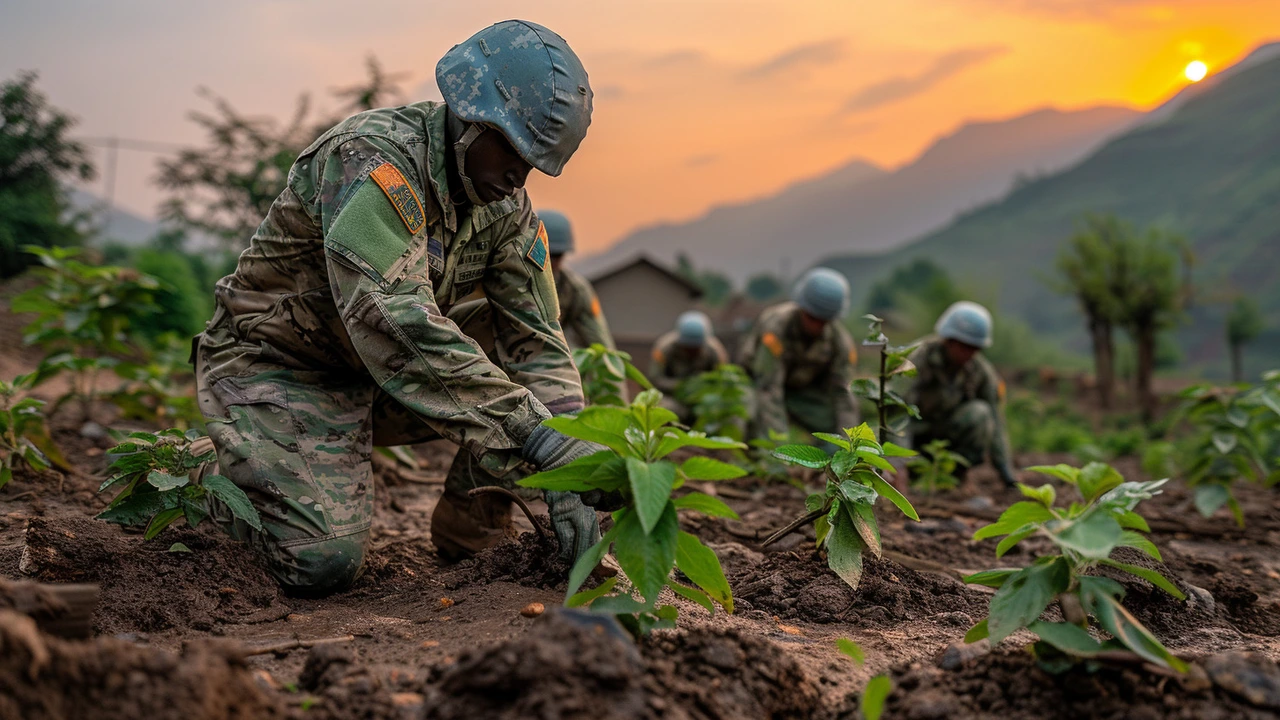Peacekeeping isn't what it was 30 years ago. Missions now face armed groups, urban fights, cyber risks and climate-driven displacement. Transformation means mission rules, tools and teams changing fast so peacekeepers can protect people and help societies rebuild.
Think of peacekeeping as a toolbox. Old tools—observers and static patrols—still matter, but they don't solve everything. New problems need new tools: better intelligence, rapid mobility, community policing, and tech like drones and secure communications. That shift isn't just technical. It changes how missions plan, who they recruit, and how they work with locals and humanitarian groups.
Why should you care? Because smarter, faster, and more flexible missions mean fewer civilians harmed, quicker crisis responses, and better chances that peace lasts after troops leave. These changes lower the cost of conflict—human and financial.
Three practical shifts drive real transformation:
1. Clearer, narrower mandates: Mandates used to be vague. Now they often focus on clear tasks: protect civilians, support elections, train local forces. Clear tasks help commanders prioritize and measure success.
2. Better use of technology: Drones, satellite data, mobile reporting apps and secure radios give peacekeepers real-time awareness. That makes patrols safer and lets teams spot risks before violence erupts. Technology also helps document abuses, which supports accountability.
3. Local partnerships and capacity building: Transformation means working with local police, civil society and regional groups, not just imposing solutions. Training local forces, supporting courts, and investing in community programs reduce the need for long-term foreign troops.
Examples? Missions now include gender advisers, mental health teams, and civil affairs units focused on local governance. Some UN missions use small rapid-response units for hotspots. Those changes come from lessons learned in past deployments and pressure from host countries, troop contributors and donors.
Change isn't easy. Politics, funding, and risk-aversion slow reform. Donors may fund glitzy tech but skip long-term training and local institutions. Troop contributors sometimes resist new roles that put their soldiers in harm's way. Successful transformation balances immediate protection with long-term peacebuilding.
Want to follow this topic? Watch for new mission mandates, reports on protection of civilians, tech pilots like remote sensing or mobile reporting, and partnerships with regional organizations. If you work in policy or NGO work, push for funds that support local systems and sensible tech, not just hardware.
Transformation in peacekeeping is practical and urgent. When missions adapt the right way, they save lives and make lasting peace more likely. That’s a goal worth supporting.

As a woman deeply passionate about world peace and social transformation, I find the transformative power of peacekeeping undeniably profound. This article delves into how peacekeeping leaves a strong impact on global dynamics, fostering positive change and resolving conflicts efficiently. We will also explore in detail the roles peacekeepers play in establishing peaceful dialogues among nations and their vital contribution to International Relations. Join me as we appreciate the transformative essence of peacekeeping.
